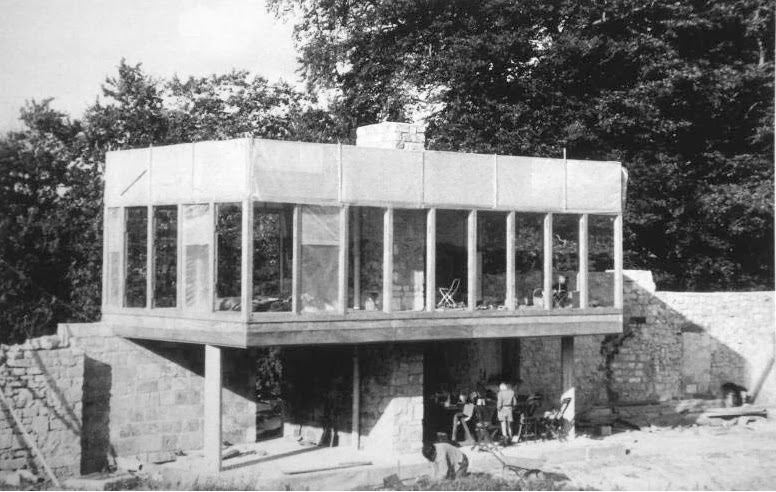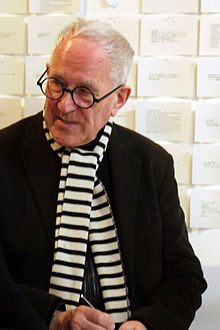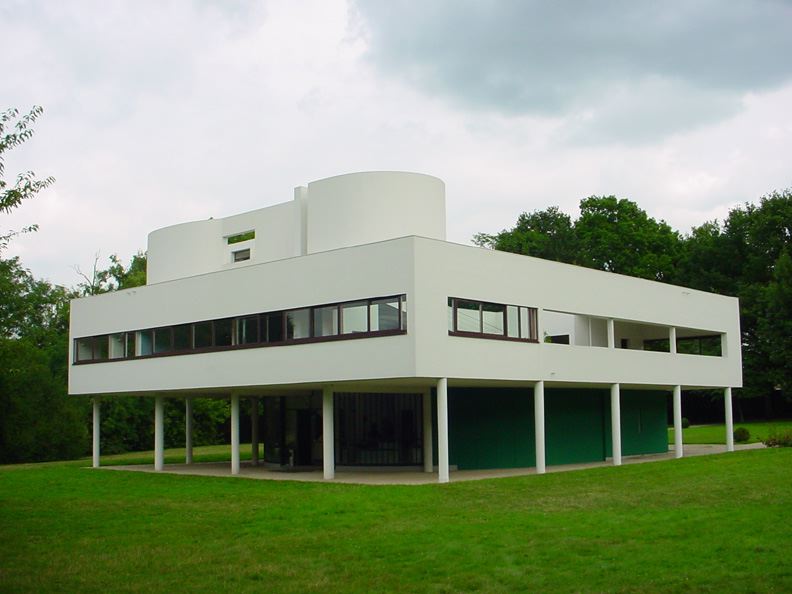Indulge me for a moment, if you will. Today I want to share a marvelous little house in the UK by some architects I both greatly admire and have dedicated quite a bit o time learning about their careers. In addition to my professional degree in architecture, I have a graduate degree in Architectural History and Theories from the Architectural Association School of Architecture Graduate School. For my graduate thesis I wrote about the work of a British couple, both architects, educators, and writers, Alison + Peter Smithson. Though they are little known in the US, they are more well known in the UK. They didn’t built a huge number of buildings. But because of their roles as teachers, their ability to get their ideas into competitions and magazines, their work was pivotal in the Modern movement. They were tremendously influential in the UK. Their work is still echoing through to today in many different ways.
I’m not going to bore you with a reiteration of my thesis, but instead, I want to share with you a few images of a project, variously called “the Folly at Font Hill” or the “Solar Pavilion”. Completed in 1959, the house was the weekend home for the couple and their children. The small house was built on the foundations and among the ruins of an older stone cottage. It was built on a preposterously small budget over the span of several years. It was both their retreat and their laboratory for exploring some ideas they had about place making.

Most of the property is enclosed within a stone wall. They had the idea that the walled portion would be their “home”. They wanted to spend as much time as they could outdoors when they were out of London. The house is built incorporating a part of the wall that surrounded most of the property. So the house becomes a gateway or a portal between “outside” the wall and “inside” the wall. This means that when you are in the house, you are on the edge between the big world “outside”, and the controlled garden “inside”.

The side of the house that incorporates the stone wall is mostly closed, though there is a large window at the 2nd floor to provide a view over the landscape from the master bedroom. The side of the house facing inside the walls is almost entirely glass, on both levels, opening up to the garden.

The house is actually quite small, with a kitchen and bath on the ground floor and two small bedrooms on the second floor. The enclosed garden functions as the living room and dining room and accommodates most every other function. The house is meant as shelter from the storm and a place to rest one’s head.
This house is little known even in architectural circles. They used this house for over 40 years as their retreat from their busy lives in London; a place to get into nature. They also entertained clients, fellow architects, and educators here. When I see this house, I also see echos of similar buildings by more well known architects like Mies Van der Rohe and Le Corbusier. It is on my “bucket list” to visit. This is one of my architectural inspirations.





